The Art of Deception: A How-To Guide to Creating Fraudulent Spirit Art
Spirit art is the process by which a psychic will claim to have drawn the image of a dead person that they have no prior knowledge of, using only their psychic ability. Fraudulent spirit artists use many of the same techniques as fraudulent psychics, techniques which consist of generalizations, cold reading, and a willingness to exploit other people for their own financial gain.
When determining the authenticity of a spirit artist there are several key factors to consider, and like any subject, critical thinking can be applied to psychic phenomena. But the fraudulent spirit artist is well aware that the emotional state of their client can override any basic logic, and they won’t hesitate to use that to their advantage.
Although private spirit art sessions are available, far more common is a group reading as this will increase the chances of them getting a “hit”. This will allow the artist to use the same “shotgun technique” used by psychics to cold read in which a psychic will throw out a name, and then a member of the group will match it.
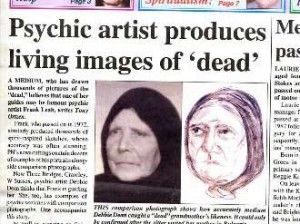 This “shotgun technique” can also be applied to spirit art, but while using a picture instead of a name. The psychic draws an image and rather than matching the image to an individual, they get the group to match an individual to the picture, which is an entirely different process. Most of the individuals that attend a reading will be from an older demographic, and the older they are the greater the pool of people that the psychic artist can get a match from. If you are in your 30s you probably know of at least 5 or 6 people that have died, if you are in your 70s the chances are that the number will be 2 or 3 times that. So taking this into account even in a group of 20 people, the spirit artist is, in reality, matching their drawing from a potential pool of hundreds. But depending on their age, even with one person you could have a pool of 10 to 15 dead people to choose from. Factor in the generalities of facial features, and genetic and social predictions, and there is nothing extraordinary about a psychic getting a hit under these conditions.
This “shotgun technique” can also be applied to spirit art, but while using a picture instead of a name. The psychic draws an image and rather than matching the image to an individual, they get the group to match an individual to the picture, which is an entirely different process. Most of the individuals that attend a reading will be from an older demographic, and the older they are the greater the pool of people that the psychic artist can get a match from. If you are in your 30s you probably know of at least 5 or 6 people that have died, if you are in your 70s the chances are that the number will be 2 or 3 times that. So taking this into account even in a group of 20 people, the spirit artist is, in reality, matching their drawing from a potential pool of hundreds. But depending on their age, even with one person you could have a pool of 10 to 15 dead people to choose from. Factor in the generalities of facial features, and genetic and social predictions, and there is nothing extraordinary about a psychic getting a hit under these conditions.
ADVERTISEMENT
The key is knowing whether they are producing the spirit art to match a dead person, or if the client is producing a dead person to match their spirit art? Imagine that you have two packs of playing cards. You pick a card from one, show it to someone else and then have them go through the other pack until they find one that matches; it doesn’t even have to be an identical match, let’s just say the same suite. That wouldn’t be much of a card trick, and you might think no one would think much of psychic who did the same thing, but that’s the exact technique that is being used. If you are trying to put a ball through a basketball hoop, it is not equally indicative of your ability if you score with one shot, as if you took 50. Given enough chances anyone could score a point.
Type the word “people” into Google and do an image search. Pick the first picture of a man or woman, and then scan through the next 100 images of the same sex. There is going to be a very high likelihood that out of 100 people, that you can find someone that is going to be a close match to the first image. That doesn’t make you psychic, but it does illustrate the basics of the trick that fraudulent spirit artists use.
The deception can begin even before the client attends the session. How many verbal indicators did the person give when they booked an appointment? Did they tell the spirit artist they wanted to contact an aunt, uncle, brother, etc? Did they mention how they died? For example: if the loved one died of a heart attack in their office, you could deduce they were older, that they dressed more conservatively, and may have been overweight. If they died in a motorcycle accident, you could assume they were more likely to be younger and probably male.
Once the client meets the spirit artist in person, how many visual indicators do they give? If the person is in their 50’s and is dressed conservatively, how likely is it that their dead friend was a twenty-something rock band member who died of a drug overdose? If the person happened to be white, what are the chances that their friend or relative is from a different ethnic background? If they are poor, what is the probability that the person they are trying to contact was rich? In general, people tend to associate with members of their own age, ethnic backgrounds, and socio-economic communities. There is often a visual identity associated with this that can be deduced by a psychic artist, whether it’s skin color, clothes or age range. In most cases the client will want to contact a dead relative, and depending on the relationship the spirit artist can make a hereditary deduction to determine what they will look like. If the client is obese, exceptionally thin, or has distinctive facial features than this is likely to be inherited, just as is hair or skin color.
One major factor to consider is, are the portraits the spirit artists produce color or black and white? Most draw in black and white as this eliminates the need for specifics such as the correct hair or eye color, and this will allow them to focus more on generalizations.
There are also several techniques that can be used to make statistical deductions about the appearance of the person that the client is hoping to get a match with, none of which require any psychic ability.
The majority of deaths are still caused by people simply dying of old age, and as they grwo older their appearance becomes more uniform than when they were young. Their hair is probably going to be thin and gray, and in the case of men they will be more likely to be bald. In the case of both male and females it is less probable that past the age of 60 that their hair will be worn long, but their face and body will most likely be thinner, and they will probably wear glasses. Their style of dress will be age appropriate, few women will be wearing short skirts; most men won’t be wearing T-shirts with pictures of their favorite rock bands on them. Both the majority of men and women will have retired, and therefore they are not going to dress in business attire. Being aware of someone’s age and the fashion trends at the time of death can also increase the likely hood of a hit. If the client revealed that the dead person they were trying to contact died in the 1970s, statistically you would assume that their hair was worn long, you could also deduce that the shirt they wore would have a wide collar or their pants would be flared.
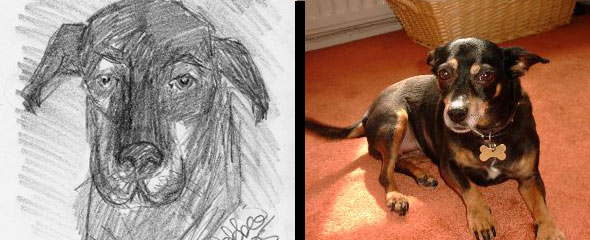
For maximum generalization, draw animals. They all look the same.
When it comes to analysis of a persons face there are 8 key elements to focus on when evaluating the accuracy of a psychic artists drawing: eyes, ears, nose, cheeks, mouth, hair, forehead and chin. But what happens if the spirit artist only gets 2 of these features right? Is that considered a hit? What about the fact that they got 6 of them wrong? That means that 75 percent of what is depicted is incorrect, but the client is still going to focus on the “hits” because this will fulfill the need that they paid for.
How many variations of the 8 primary facial features are there? There are not hundreds of different eye colors, shape of ears, or size of nose. There are not even dozens, there are just a few.
There are 3 main types of eye color: brown, blue and green. Further research will determine that over 50 percent of the world’s population has brown eyes; about 20 percent have blue eyes and 12 percent have green. But the percentage can be higher or lower according to specific country. For example, if the dead person was of Scandinavian descent there is a much higher chance that they have blue eyes then if they were from North America. This and other statistical analysis is easily available via the internet.
When it comes to hair, for men, they can wear their hair long, short, or medium, they can wear it parted to the left, or the right, or combed straight back. Predicating how they wore it can be narrowed down considerably by knowing their age, life style and the era they died in. How many types of nose are there? Big, medium, small, thick, narrow, pointed up, pointed down, hooked. With facial features there are not infinite amounts of variations; a psychic artist scoring a hit is not the same as predicting the lottery numbers with it’s vast range of variables.
Something else to consider is, once the client matches the dead person with the picture, how many different pictures of the dead person does the client go through and inadvertently increase the accuracy of the match? The spirit artist will be aware that they are going to do this, so they will rarely give you a specific age, year, or date to match with the subjects photograph because this would decrease the pool. The same person does not always look identical in each photograph, they age, they change hair styles, they put on weight and they lose it, all of this increases the size of the pool. So after getting a “hit” from the initial pool of a few hundred people, you still have additional resources to match from depending on the number of pictures of the dead person the client has. Once again, they are not matching one drawing to one picture. They are matching one drawing to dozens of pictures
The angle of the matched photograph is one of the main elements of the deception. If the subject happens to be looking in a certain direction in the photograph that has been matched to the portrait, then the initial impression is that the face as a whole is a match. But it’s not the angle that needs to be analyzed, it’s the specific features. Displaying a drawing next to a picture of a supposed match because the subject is poised at the same angle is common practice by many psychic artists. But what you actually need to do in this circumstance is take a look at the 8 key elements of the face, not the angles of the photographs, as they are irrelevant.
Going through dozens of pictures to find one match isn’t a validation of psychic powers, it’s just taking a guess until you make one that happens to be correct. Be aware that that spirit artists are only going to be publicizing the “hits” as examples of their ability. Ask yourself how many drawings they made that weren’t even remotely accurate enough to be presented as testimony. When judging the accuracy of a claim all the statistics have to be taken into account, this includes both hits and misses, otherwise they are meaningless.
Yet another method the spirit artist uses to stack the odds in their favor is to draw what they claim is a favorite celebrity of the dead person, perhaps a singer or a movie star, and then they link this to them, as if this were proof of psychic ability. Again, generational analysis will come into play here. If the person died during the late 60s they could draw a picture of Elvis Presley and then connect him to the dead person. But as Elvis Presley was a favorite singer of millions of people during that era there would be nothing psychic about this. It’s just an awareness of popular culture during a specific time period, just as if a teenage girl died in the early 80s, it would be a safe bet to draw a picture of the lead singer of Duran Duran and link that to them.
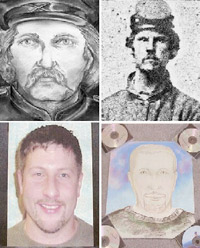 If the person died in their 70’s you could estimate the era in which they were in their youth and link them to a popular band or movie star from that time, in addition to any period between then and the present day. This is just another way of increasing the spirit artist’s chances of getting a match.
If the person died in their 70’s you could estimate the era in which they were in their youth and link them to a popular band or movie star from that time, in addition to any period between then and the present day. This is just another way of increasing the spirit artist’s chances of getting a match.
Despite claims to the contrary, psychic abilities are testable. One method to determine the legitimacy of a spirit artist would be to have the client wishing to contact the deceased select a single photograph of their loved one, and then have the artist draw the person in the photograph before the client attended the session. Another method would be to place the photograph of the dead person that was previously “matched” to the picture the artist drew, within a control batch of several other photographs featuring someone of a similar age, and then have a group of independent evaluators match the spirit art with the photograph (much like the process in a police lineup).
When the average person attends a psychic art reading, they don’t bring critical thinking with them, they bring an emotionally driven desire to reconnect with someone that is dead. If you pay money to watch a stand up comedian, you went there because you want to laugh and be entertained. You don’t go there because you want to be miserable and bored; you have pre-programmed your expectations even before you walked in the door.
Does it matter that the client happens to be a judge, or an airline pilot? This doesn’t validate the readings any more then someone that stacks shelves in a supermarket, because their daily jobs don’t involve analyzing what is a psychological slight of hand. They are there for the show, and the show involves paying someone to validate what they came for. They want to believe and so they are going to make every effort to have those beliefs reinforced and avoid acknowledging that they were unable to see through a conjuring trick designed to capitalize on this.
Spirit artists claim that their ability is consistently repeatable. If it wasn’t, how could they charge people to have their reading done at a pre determined time? That would be the same as an electrician making an appointment to repair a faulty light switch and keeping the money whether they fixed it or not. But if the psychics ability is consistently repeatable then it is also scientifically testable, so where is the evidence? Does it mean that positive testimony from their clients is proof of their psychic abilities? No. It aimply means that the deception worked and continues to do so. Just like watching a magician, people are impressed, because they haven’t figured out how it’s done. No one expects 100 percent accuracy, this is the classic defense from a psychic, but the only results that are expected are those beyond the laws of chance, which is exactly what their clients paid for.
Does lying to someone and then profiting from it financially help the client? No, it doesn’t. It only helps line the pockets of those that exploited them. Fraudulent spirit artists are not the same as the criminal that steals your wallet, they are actually worse because they are not only exploiting people financially, they are exploiting them emotionally as well. Never assume that because they are affable they are genuine, that is just part of the act. It’s the same as the used car salesman that sells you the car that breaks down as soon as it gets off the lot.
Without any controls to test these claims or validate the results, there is no proof of these spirit artists’ abilities, which is precisely why they will not allow any scientific protocols to be imposed. Like a magicians trick, until you figure out how it’s done, it remains a gray area, one which they will continue to take advantage of as one of the most unregulated industries in the country.
Want to learn more about the tactics that fraudulent psychics use to scam schmucks out of their money? Check out the “Psychic Challenge” section at ChasingMidnight.com.
MORE GREAT STORIES FROM WEEK IN WEIRD:


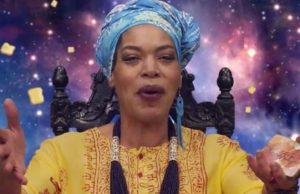
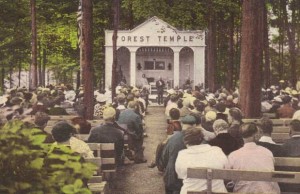
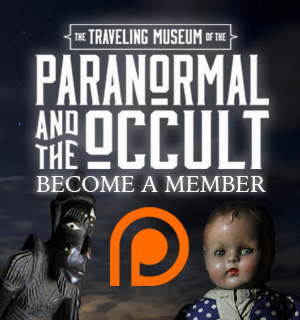
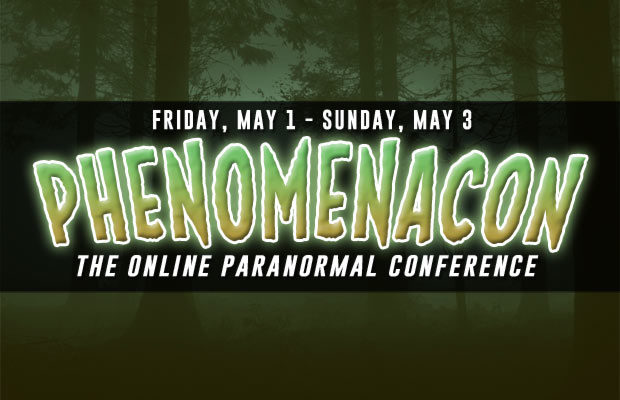
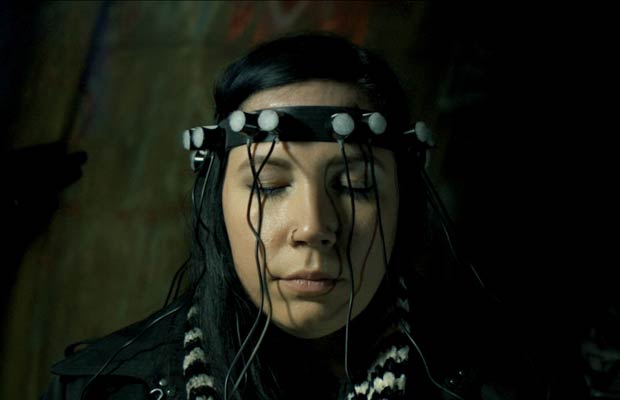

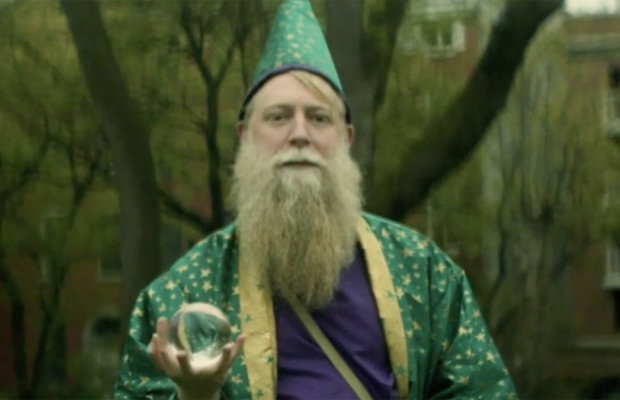

You must be logged in to post a comment Login